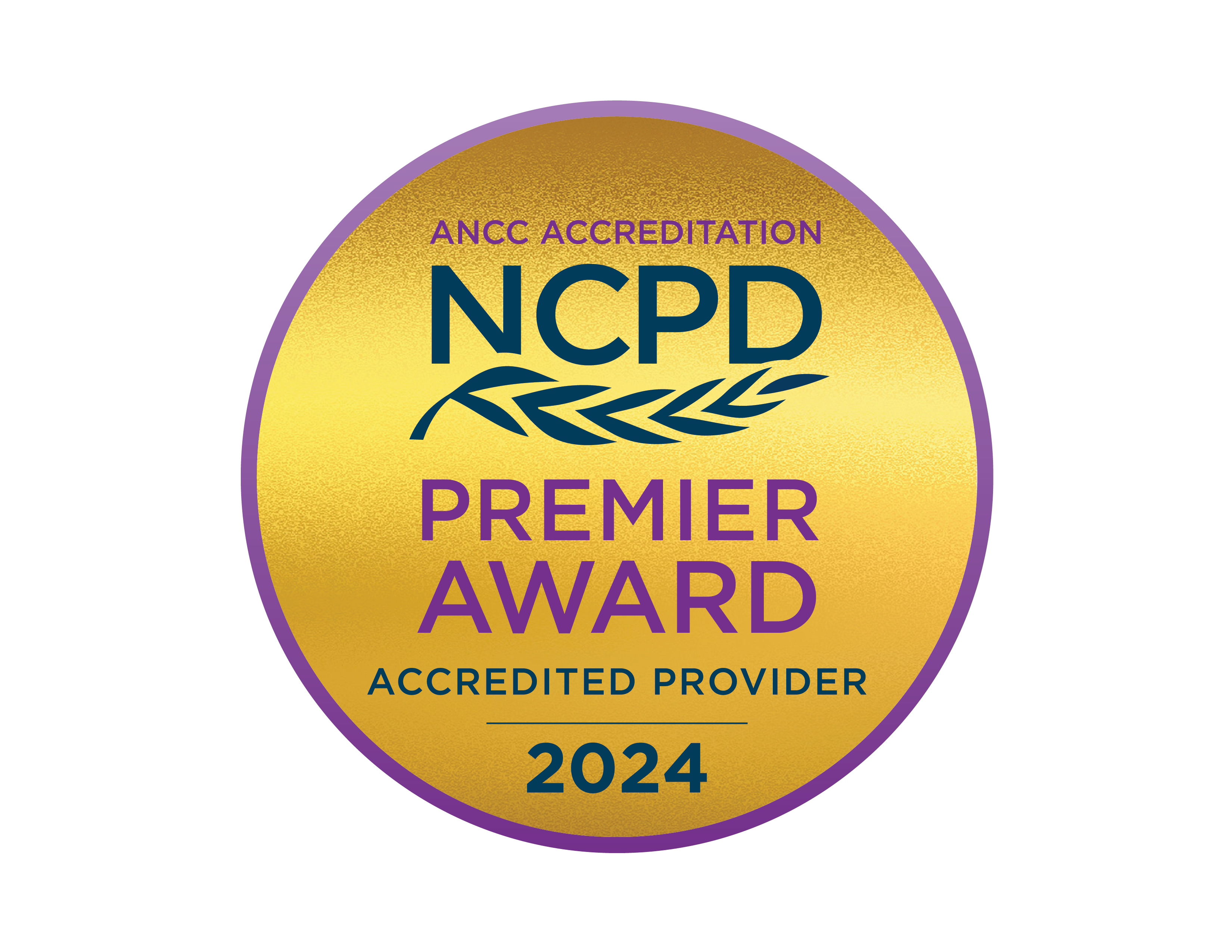Medication Adherence in Underserved Populations – Bridging the Gap Requires Nurse Intervention
Medication nonadherence, a substantial public health concern, results in morbidity, mortality, and healthcare expenditures. Nurses have an opportunity to improve patient outcomes and bridge this healthcare gap through practice, advocacy, education, and research.
Course Details
Overview
Medication nonadherence, a substantial public health concern, results in morbidity, mortality, and healthcare expenditures. Research by Neiman and colleagues suggests that the scope of the global problem reaches 40% to 50% of medications that aren’t taken as prescribed. In the United States alone, rates are reported to be as high as 50% to 60%.
Medication nonadherence can be the result of:
- Fundamental disparities in health literacy
- Patient medication access and their ability to pay, pick up, and consistently renew prescriptions on time
- Differences in health-related priorities for those with limited resources
Each of these reasons for nonadherence present unique challenges for nurses. Adherence requires active and conscious patient participation and collaboration with healthcare providers and the healthcare system. Nurses have an opportunity to improve patient outcomes and bridge this healthcare gap through practice, advocacy, education, and research.
Key Learning Outcomes
- Describe why underserved populations are at higher risk for medication nonadherence
- Discuss medication adherence strategies that nurses can implement with patient
- Describe advocacy measures to address medication nonadherence in underserved populations
Location Details
Online

